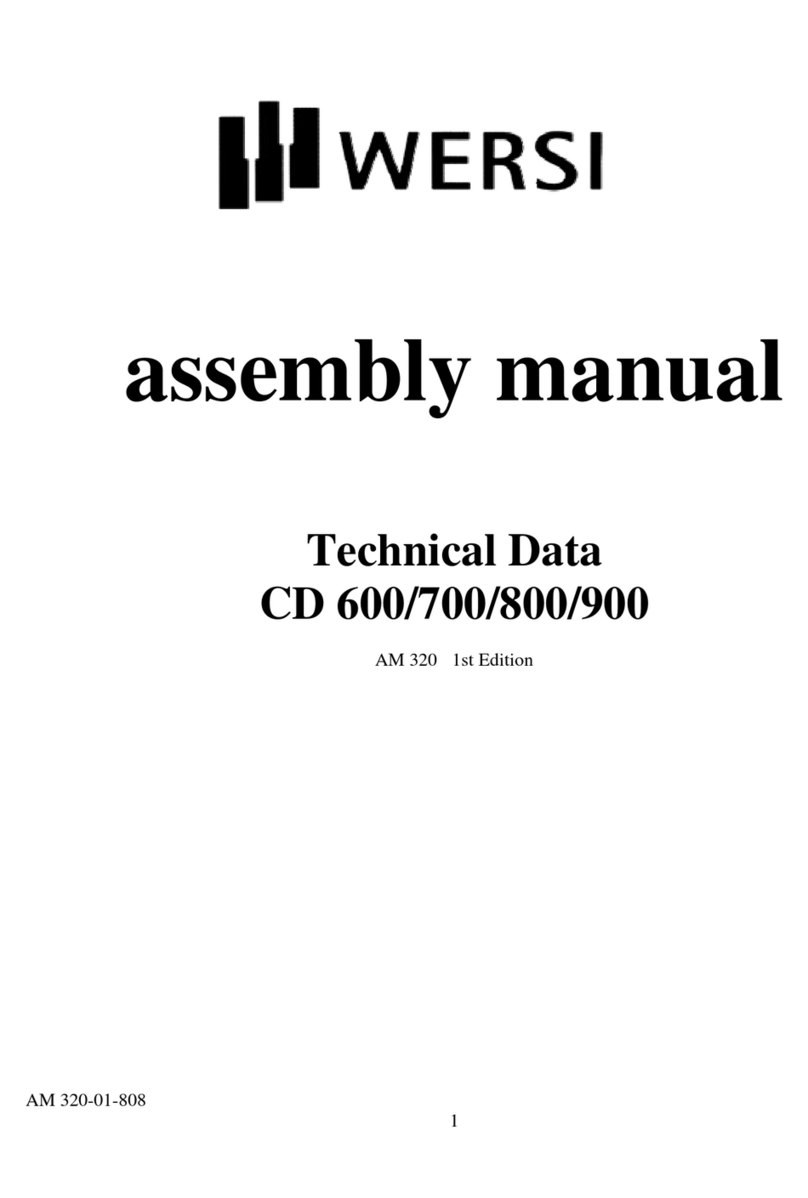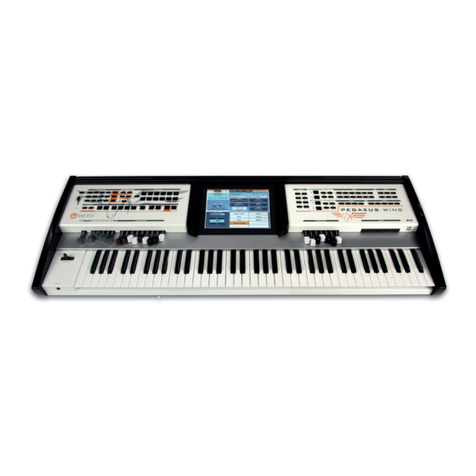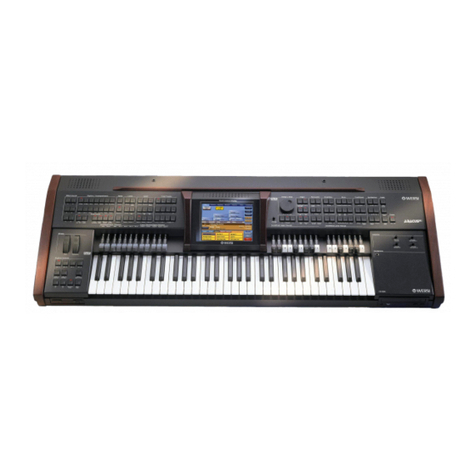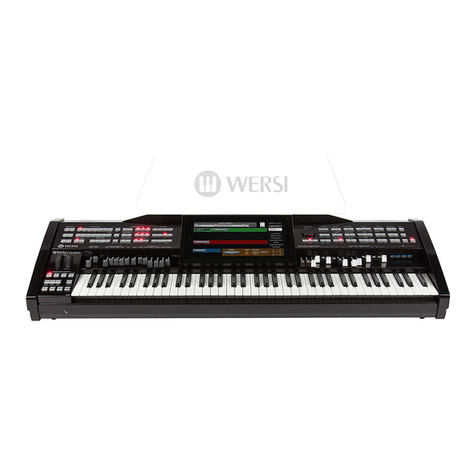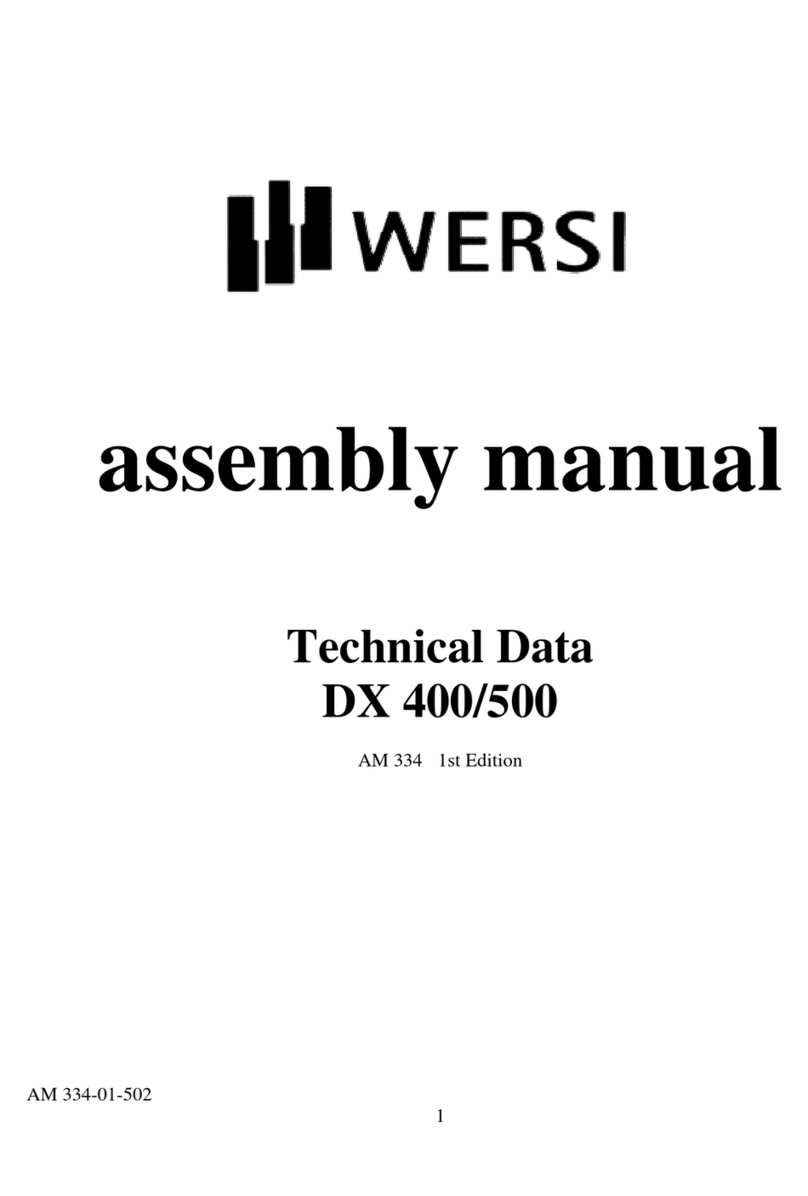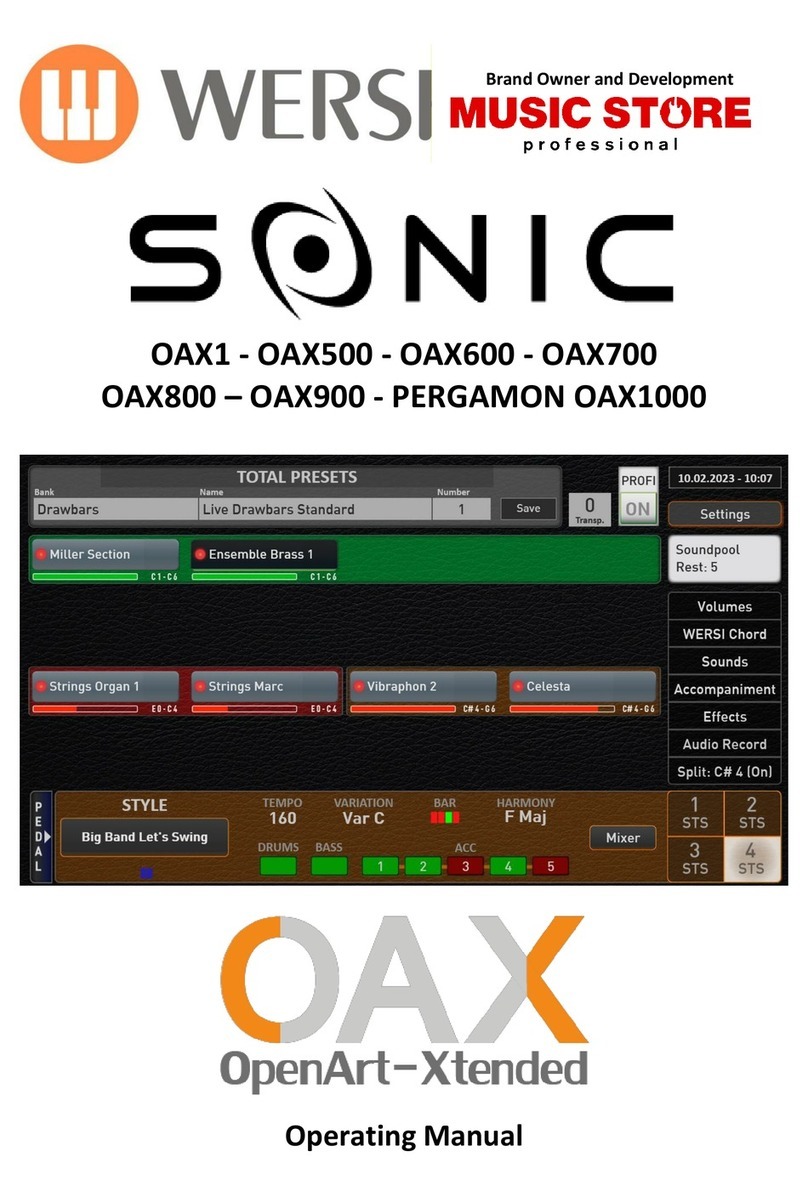
We find that the switch "Slow Vibrato" is shown in Fig. 46. The control wire is No.
7 3. The wire list states that the other end of wire No. 73 is connected to the tone
generator G 1, plug A, pin 3.
Using our test lead (extended with a piece of bare wire) we touch this pin on the
generator. There are two possible results, namely:
a) The vibrato does not slow down,
b) The vibrato slows down.
In case a) the problem is located on the tone generator board (though it was
tested; did you miss that test?).
In case b) we conclude that the control voltage does not arrive at the tone
generator.
Where did it get lost? In the harness? That is easy to verify by touching the pin 8
of the switchbank (other end of wire No. 73). If the vibrato does not slowdown we
have to assume that the wire you see emerging from pin 8 is not the one arriving
at pin A 3 on the generator.
More likely, the vibrato will slow down, giving rise to two new questions:
a) Is the switch "Slow Vibrato" defective?
b) Is the control voltage for the entire switch bank missing?
Question b) can be brushed aside immediately since the other switches of the
same group do control their functions.
The last locations of the trouble are, therefore, the switch itself, the foil pattern o
n the board US 2, or the diode in series with the switch.
Clip the positive test lead of your voltmeter (15 V DC or greater) to ground and
test the following points in the indicated sequence:
1) Switchbank pin 1 (master control voltage for entire switch bank).
2) One of the two pins at the rear of the switch (no voltage = defective switch).
3) Pin 8 of the connector (no voltage = defective diode, wrong polarity of diode or
interrupted foil pattern). Also refer to Fig. 26 for layout.
It took us quite a few words to describe this procedure. We hope that you
understand the fundamental idea behind all trouble-shooting.
a) Identify the function that is not working.
b) Locate the "sender" of the control signal (usually a switch).
c) Trace the signal, using the wiring list, hookup drawings and foil pattern
reproductions of this and/or other manuals.
d) Trace the path backwards by means of the test wire or follow it forwards
by using a voltmeter.
Important: Keep your inner cool and -if somebody else is watching - maintain an
air of "situation under complete control".
3.9 Testing of the Slalom Modes (Autoglide)
( ) Release all push buttons of the group " Reverb/ Vibrato /Slalom': Set the
"Slalom " slide control to its right-hand stop. Set the transposer to "C" (normal
pitch).
( ) Depress a key on the upper manual and simultaneously depress the button
"Autoglide" The pitch should shift downwards by an exact octave every-time the
key is depressed anew. Prerequisites: properly tuned generator and correctly
positioned transposer (the knob may be at "C" but what about the switch
proper?).
( ) Depress, in addition, the switch "Autoglide U p / Down". The pitch shift will be
upwards now.
( ) Increase the "travel speed- of the octave glide by pulling out the slide control
"Autoglide Speed".
( ) The "travel distance" can be limited to less than an octave b y moving the
"Slalom" control away from its right-hand stop. This varies the high end of the
pitch glide only.
( ) The transposer also changes the upper limit. Set the transposer to any other
position than "C" and test the autoglide. It will move between the low "C" and the
tone determined by the transposer. The slide control "Slalom" is disabled when
the transposer is not at the C-position.
AM 071 (Part)
9

